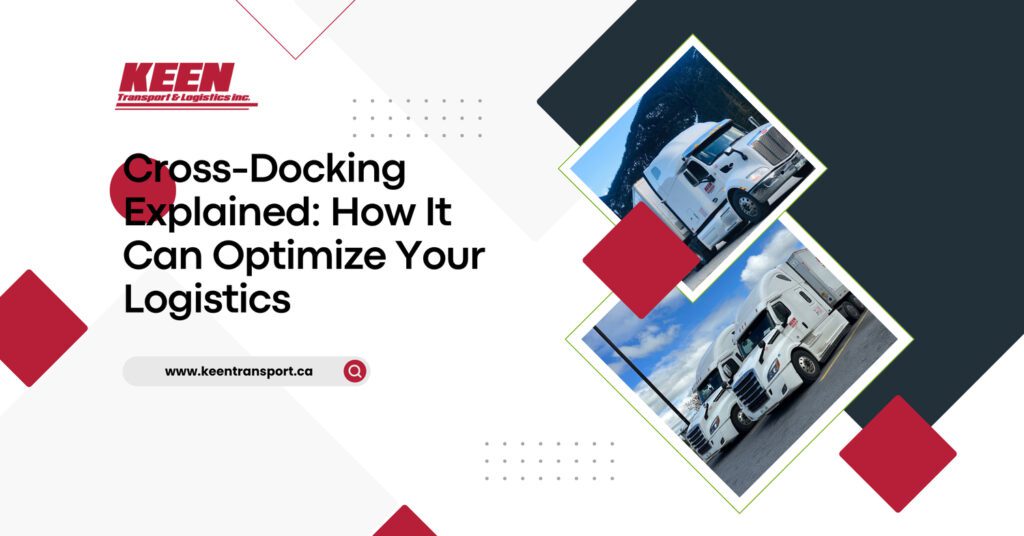In the fast-paced world of logistics, efficiency is key. One method that has gained significant traction in recent years is cross-docking. This logistics strategy can streamline operations, reduce costs, and improve delivery times. In this post, we’ll explore what cross-docking is, its benefits, and how it can optimize your logistics processes.
What is Cross-Docking?
Cross-docking is a logistics practice where products are unloaded from incoming transportation and immediately loaded onto outbound transportation, with minimal or no storage in between. This process facilitates the rapid transfer of goods from one vehicle to another, eliminating the need for long-term warehousing. Essentially, products flow seamlessly from one mode of transportation to another.
Benefits of Cross-Docking
- Reduced Storage Costs: Since cross-docking minimizes the time products spend in a warehouse, companies can significantly lower storage expenses. This helps allocate resources more effectively.
- Faster Delivery Times: By eliminating the need for storage, cross-docking allows for quicker turnaround times. Products can reach their destination faster, enhancing customer satisfaction.
- Improved Inventory Management: Cross-docking facilitates real-time inventory updates, reducing the risk of overstocking or stockouts. This leads to a more agile supply chain.
- Enhanced Supply Chain Efficiency: With less time spent handling products, logistics operations become more streamlined. Cross-docking optimizes the flow of goods and enhances overall supply chain performance.
- Environmental Benefits: By reducing the need for storage and transportation, cross-docking can contribute to lower carbon emissions and a smaller environmental footprint.
How to Implement Cross-Docking in Your Logistics
To successfully integrate cross-docking into your logistics strategy, consider the following steps:
- Assess Your Supply Chain Needs: Determine if cross-docking aligns with your business goals and operational requirements. Analyze the types of products you handle and their flow patterns.
- Invest in Technology: Utilize technology to track shipments in real-time. Inventory management systems and transportation management software can streamline the cross-docking process.
- Train Your Staff: Ensure that your team is well-trained in cross-docking procedures. This includes unloading, sorting, and loading goods efficiently.
- Choose the Right Location: Identify suitable cross-docking facilities strategically located near major transportation routes. This can enhance accessibility and efficiency.
- Monitor and Optimize: Continuously monitor the performance of your cross-docking operations. Use key performance indicators (KPIs) to identify areas for improvement and optimize processes.
Conclusion
In conclusion, cross-docking is a powerful strategy that can optimize your logistics operations. By reducing storage costs, improving delivery times, and enhancing supply chain efficiency, cross-docking can help businesses stay competitive in today’s market. If you’re looking to streamline your logistics processes, consider implementing cross-docking as part of your strategy.

